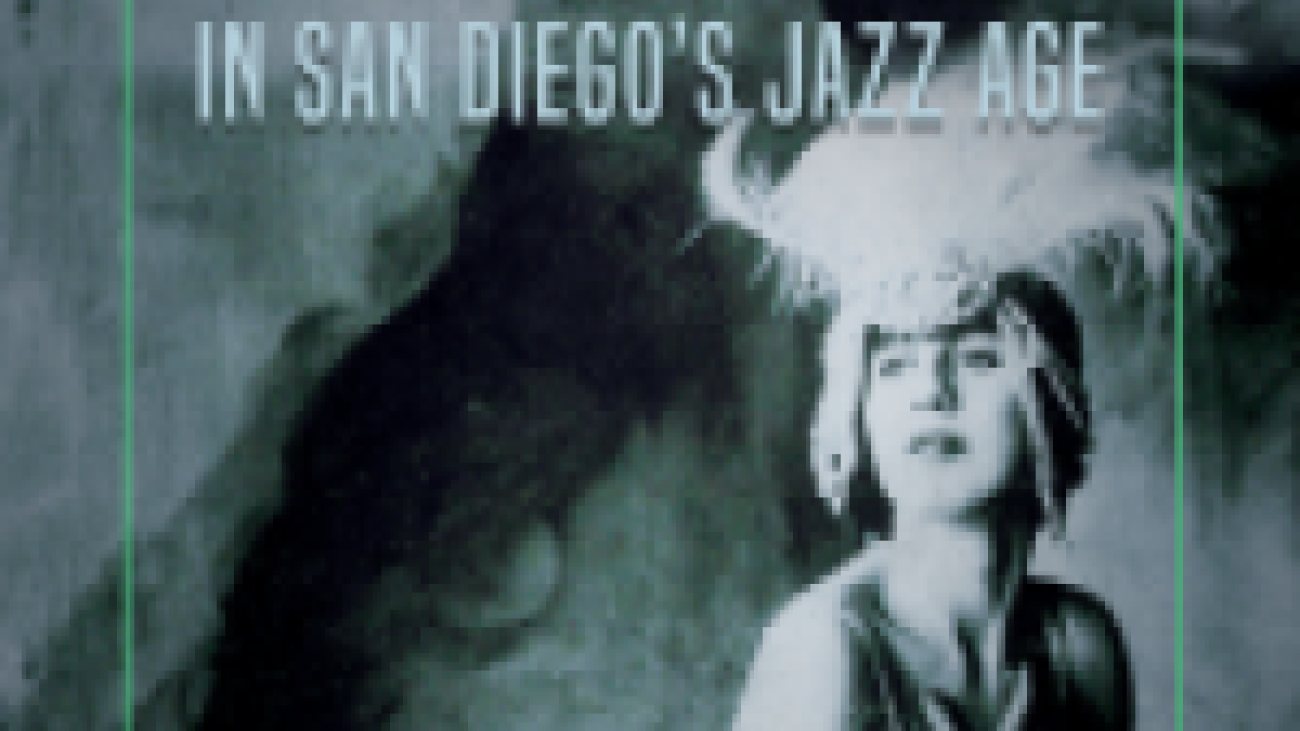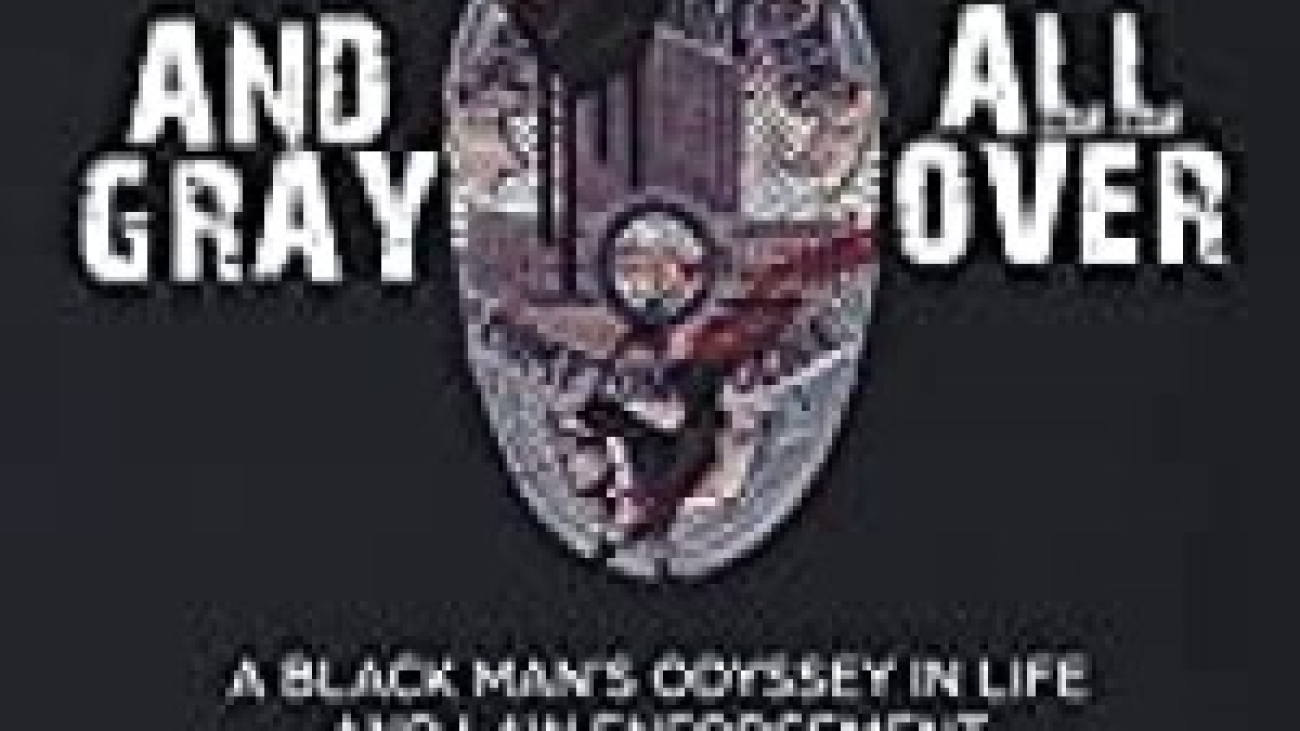Book Reviewed by Timea Barabas
True crime stories tend to explore the darker facets of human nature and society. Yet, in Saint Bloodbath, Frederick Douglass Reynolds artfully highlights both the extraordinary and the mundane good that twinkles in the deep night. Purchase Here.
The book is formed by carefully braided narratives that come together in a layered and captivating story. Starting in the fringes of society, we walk alongside those who exist on the periphery, the homeless, runaways, and disreputed gang members. We share their struggles, dreams, and aspirations, even if only for a brief moment.
A savage homicide scene propels two detectives into a complex investigation, where they work to substantiate gruesome details surrounding the crime. Five victims were brutally murdered in a homeless camp in Long Beach, California. The case becomes known as the “Quintuple,” based on the number of victims found at the scene.
The possibility of a socially targeted crime sweeps a wave of fear over the homeless community. Yet, in this tense environment, the detectives must unearth their initial leads. Taking into account possible gang-related and personal motives for the attack, a suspect slowly comes into focus.
When a severed hand leads to what appear to be the remains of a person who died under suspicious circumstances, the true magnitude of the bloodbath starts to reveal itself. A life ended in the desert becomes the missing catalyst that brings the “Quintuple” to the next stage.
Frederick Douglass Reynolds conducts an exhaustive analysis of the case to write a complex and compelling narrative of the tragic events. His keen vision underlines the interplay between psychological and social factors that give context to the unexplained.
The author helps readers meet protagonists as flesh-and-blood characters and not just victims. One of the most difficult feats for a true crime author is capturing the essence of real-life people in an honest yet considerate way. Nevertheless, Reynolds makes this seem effortless.
Containing violence and profanity, Saint Bloodbath promises to be raw and abrasive. However, Frederick Douglass Reynolds sprinkles in delicate introspective notes, amusing anecdotes, and witty comebacks to soften the experience. While not a comfortable read, the book invites us all to ponder our role in the magnetic dance of light and shadow.




